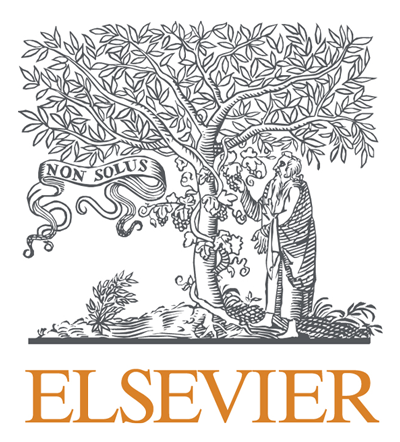The spatial and temporal distribution of black-legged ticks and tick-borne pathogens across the Northeastern United States
Topics:
Keywords: Lyme diease, black-legged tick, northeastern United States
Abstract Type: Paper Abstract
Authors:
Jonathan M. Winter, Dartmouth College
Lucas Price, Dartmouth College
,
,
,
,
,
,
,
,
Abstract
Black-legged ticks (Ixodes scapularis) have spread throughout the northeastern United States, with established populations in all Northeast states. With this spread, tick-borne pathogens and the resulting cases of tick-borne diseases have increased. To better understand the spatial and temporal dynamics of black-legged ticks and tick pathogens in the region, we partnered with agencies and academic institutions in Connecticut, Maine, New Hampshire, New York, and Vermont to obtain black-legged tick abundance and pathogen prevalence data from active tick monitoring programs.
The time period covered by these data ranges from 3 to 33 years, with the earliest collections starting in 1989. We summarized tick abundance by county and tick season, where the nymph tick season is defined as May to September and the adult tick season is defined as October to December. We summarized pathogen prevalence within ticks as the percentage of ticks that tested positive for Anaplasma phagocytophilum, Babesia microti, Borrelia burgdorferi, or Borrelia miyamotoi out of the total number of ticks tested for each pathogen. Using Gaussian generalized linear models, we found no change in nymph or adult tick abundance over time (p > 0.05). However, Borrelia burgdorferi prevalence in nymph and adult ticks has increased over time (p < 0.05). This indicates that while the abundance of ticks has not changed, the abundance of Borrelia burgdorferi infected ticks has increased. This suggests that even after tick populations are stable, the incidence of Lyme disease will continue to rise.
The spatial and temporal distribution of black-legged ticks and tick-borne pathogens across the Northeastern United States
Category
Paper Abstract








